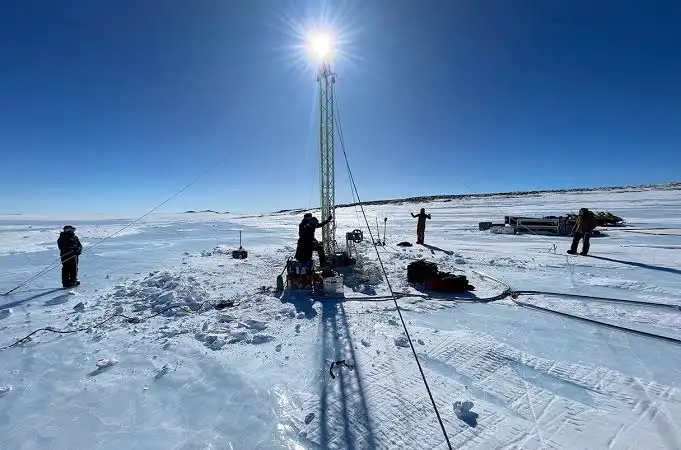Scientists have made a groundbreaking discovery by extracting 6-million-year-old ice from East Antarctica, marking the oldest direct record of Earth’s ancient atmosphere and climate. This ice, retrieved from the Allan Hills region, is notable for its preservation of ancient ice close to the surface. Researchers drilled through 100 to 200 meters of ice to obtain samples that contain tiny air bubbles trapped for millions of years, serving as time capsules of the planet’s distant past.
Analysis of this ice has shown that the region has cooled by approximately 12 degrees Celsius (22 degrees Fahrenheit) over the past 6 million years, providing the first direct quantification of Antarctica’s climatic cooling since a much warmer ancient period. This discovery sheds light on historical climate variations and changes in greenhouse gas concentrations over millennia, enhancing our understanding of natural climate fluctuations.
The study was led by Sarah Shackleton from the Woods Hole Oceanographic Institution and John Higgins of Princeton University, as part of the National Science Foundation-funded Center for Oldest Ice Exploration (COLDEX), collaborating with 15 U.S. research institutions coordinated by Oregon State University. This finding contributes to a global initiative to extend the ice core record beyond the previous 800,000-year limit. While European Teams have reached cores dating back 1.2 million years, the Allan Hills samples extend this timeline further, although in discrete fragments rather than a continuous core.
Researchers are planning further drilling expeditions in the coming months to recover even older samples, aiming to create a more comprehensive record of Earth’s ancient atmosphere and deepen our understanding of climatic history.












Leave a comment